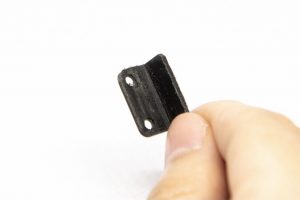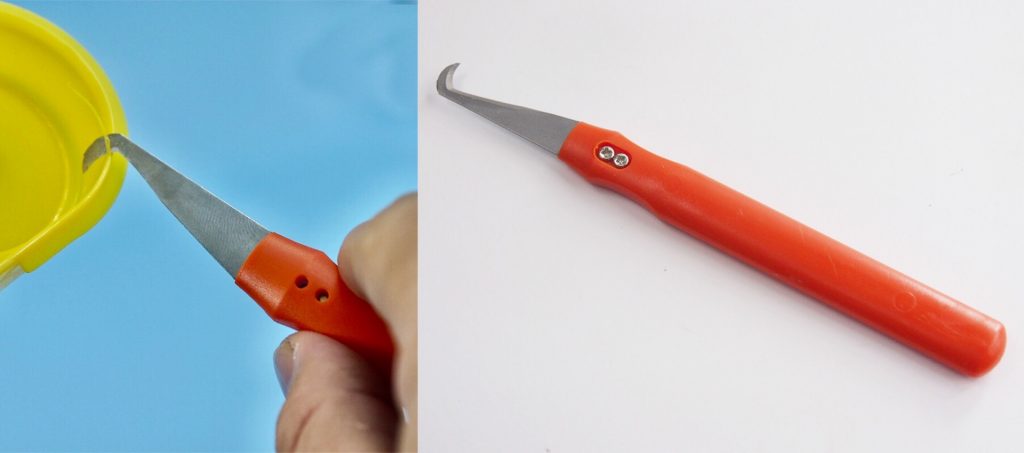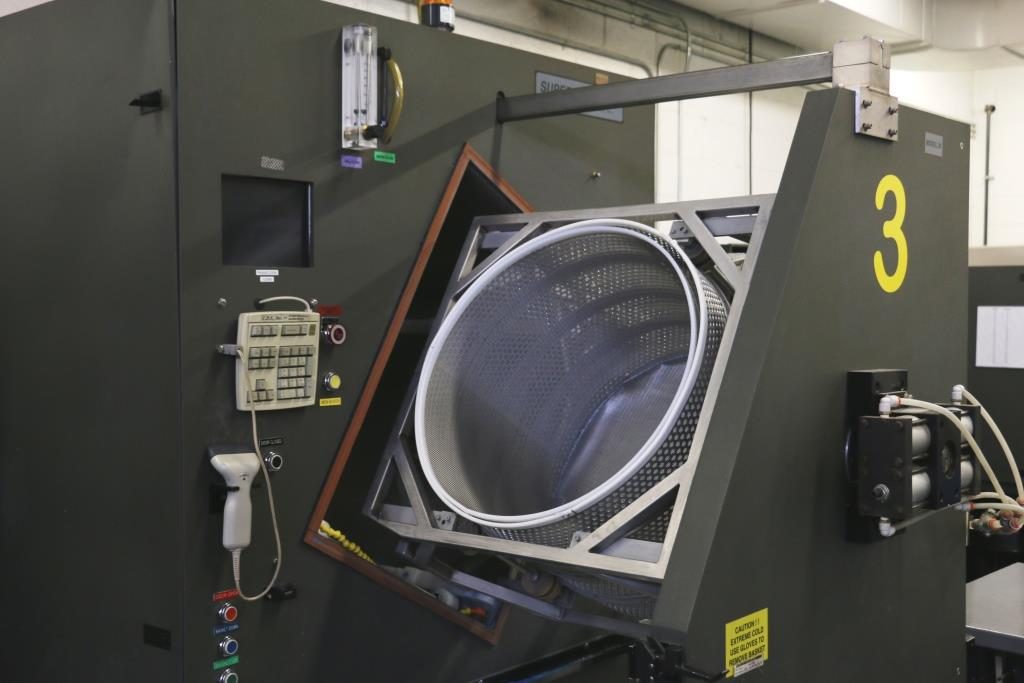
Due to the properties of plastic materials, plastic flash is more difficult to remove than metal burrs. The flash directly affects the quality of the workpiece. Especially on the valve body and pump body in the hydraulic industry, the flash is not allowed to exist.
In addition to adjusting as much as possible to avoid excessive flash during CNC machining or mold injecting, it is also very important to remove flash by post-processing. Here are 4 ways to remove plastic flash for your reference:
1. Flash trimmer
The flash on the plastic workpiece is cut and removed manually with a trimming knife. The advantage is that it is fast and convenient, and can be processed immediately after production. The disadvantage is that the quality is unstable and depends on the operator’s technique. It is not suitable for a large number of workpieces.

2. Magnetic grinding machine
Magnetic grinding can go deep into holes and grooves to remove flash, but compared to metal workpieces, it has more restrictions on plastic workpieces. It is more suitable for hard plastics, and the workpieces are not made by injection mold, such as CNC machining POM and PEEK parts. Materials with high ductility and strong flash adhesion will have a poor effect on removal.

3. Dry ice blasting machine
The dry ice blasting machine uses dry ice particles to slightly blast under supersonic speed to clean the surface. With the physical properties of dry ice, it does not damage the workpiece and leave any substance. It can completely remove the contaminants and flash on the surface.
4. Cryogenic deflashing machine
The low-temperature freezing effect of liquid nitrogen is used to embrittle rubber and plastic materials. And a high-speed injection of a polymer projectile is used to hit the weakest area of the workpiece to remove flash. The rubber and plastic materials undergo hardening and embrittlement according to the decrease in temperature, but will not deform or damage below the embrittlement temperature. The physical and chemical properties will not change after returning to normal temperature.
The cryogenic deflashing process is very suitable for mass-produced workpieces. Compared with manual methods, it can greatly reduce production time and cost and improve production efficiency. In addition, cryogenic deflashing is a physical treatment, and no waste is discharged. It is eco-friendly.

You can find the photo display of the CNC machining parts made by us HERE!
